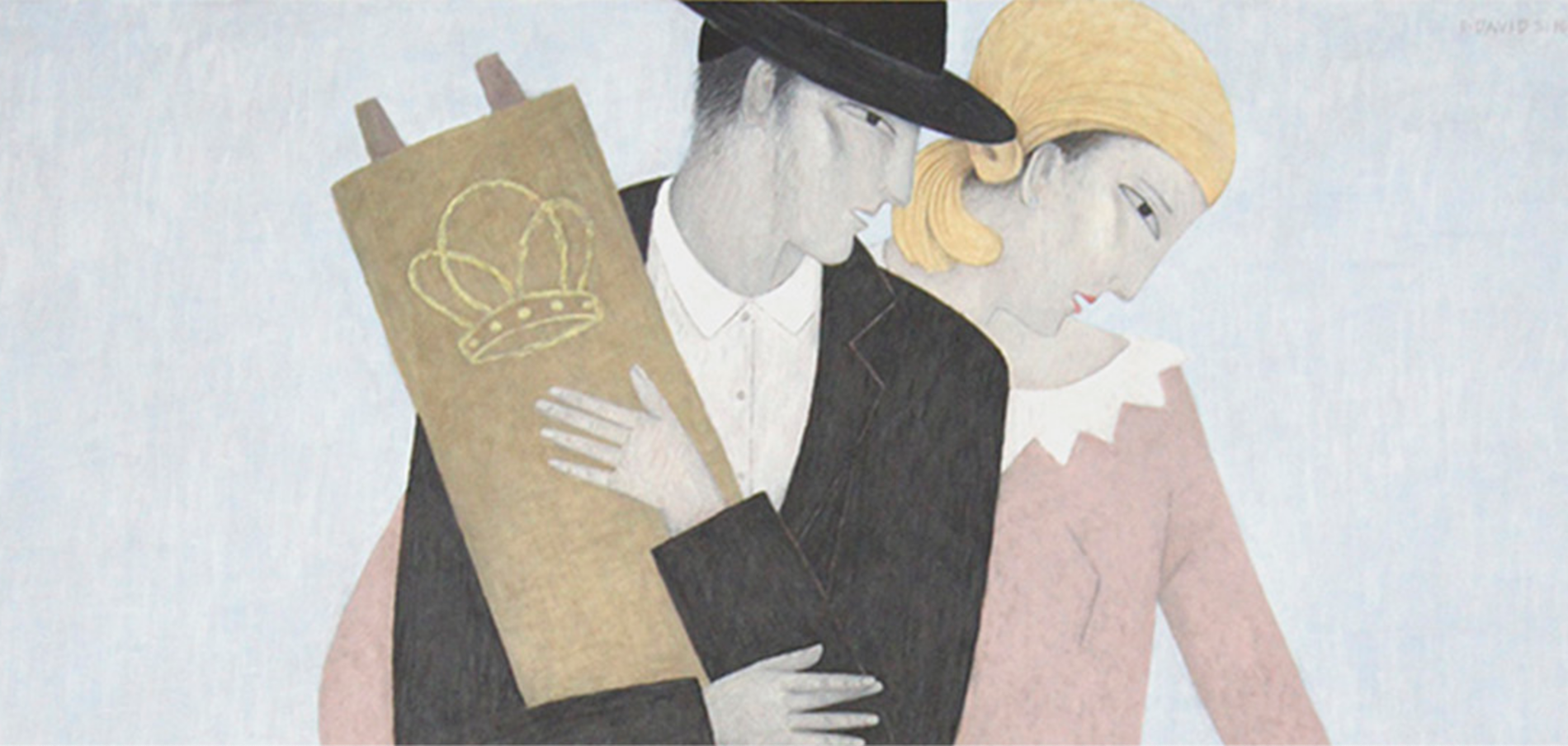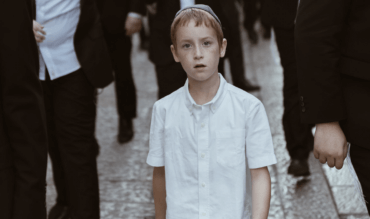How Do You Know Which Orthodox Community To Join?
I started my journey towards Jewish observance when the father of one of my classmates killed his two children and himself when I was eight years old. This tragedy pushed me to search for meaning in life, and at sixteen, I stumbled upon Orthodox Judaism, and realized it was what I had been missing. Like most non-Orthodox Jews, I was completely clueless about the diversity within the Orthodox community. As a child, at amusement parks, I would often note difference in dress among the Orthodox Jews I would see: some of the women wore hats on top of wigs and had seamed stockings, others wore long denim skirts and white KEDS. I had some understanding that variations existed between different groups, but didn’t know what they meant, so like most people viewing a group from the outside in, I clumped the entire community together.
When I was ready to start increasing my observance, I set out to figure out what type of Orthodox Jew I should become. It was a very confusing process. I’d meet modern Orthodox people who’d tell me to be modern because the charedim are “crazy.” Then I’d meet charedim who’d tell me to be charedi because the modern Orthodox are “lazy.” Then I’d meet Lubavitchers who would tell me that the right way to go was Chabad.
At a certain point, I made a decision: I’d trust no one. Everyone had an agenda and wanted me to be like them. Of course that got me nowhere! But, then after months of feeling lost, while on a learning program in Israel the summer before college, I met a very charedi, mystical woman in Tzfat at a shabbos lunch. She told me something life-changing: unlike everyone else, she didn’t just say “be like me,” instead she told me: “There were twelve tribes, they each had their own way, go find yours!”
Armed with the permission to discover myself and aware that there was more than one way to be an observant Jew, I was empowered and inspired to begin this new journey. Then a little more than a year later, I found the perfect place to do so: Midreshet Rachel V’Chaya – a seminary in Jerusalem which is part of the Darche Noam schools (the men’s school is called Shapell’s and has a very similar approach). At MRC, where I studied for the year, the hashkafa (religious philosophy) is “derechaha darche noam” (the Torah’s many ways are pleasant) and that we should be respectful of all ways (not to mention respectful of all people). With a diverse group of teachers and rabbis spanning the spectrum of Orthodoxy and shabbos placements at homes of every type and stripe, as well as shabbatons specifically dedicated to learning about different hashkafos I ultimately saw that each community had its strengths and each had its weaknesses. I ended up landing somewhere in the center – trying to take the best of modern and charedi.
It is with this philosophy that I founded Jew in the City and then Makom. It is with this philosophy that we try to show a range of opinions on every topic we cover and try to find common ground between opposing sides. While Darche Noam caters mainly to ba’alei teshuva (returnees to observance), they have students who grew up religious too. For any observant Jew looking to find his or her place in a Torah observant life, these are incredible schools I recommend again and again, filled with open-minded and growth oriented students and faculty.
There’s a story that’s told which says that when moshiach (the messiah) comes, he’ll wear a black hat when visits “the knitted kippahs,” and they will turn him away. Then he’ll wear a knitted kippah when he visits the streimels (fur hats), and the streimels too will turn him away. Then he’ll wear a Bukharian kippah when he visits the black hats, but alas, the black hats will turn him away. Then he’ll just leave. When I first heard that story, I thought – “If moshiach ever came to Darche Noam, it wouldn’t matter what was on his head – we’d all stand for him, and tell him to stay.”
This post was sponsored by Darche Noam. To learn how you can sponsor a post, please email info@jewinthecitydotcom.
If you found this content meaningful and want to help further our mission through our Keter, Makom, and Tikun branches, please consider becoming a Change Maker today.







